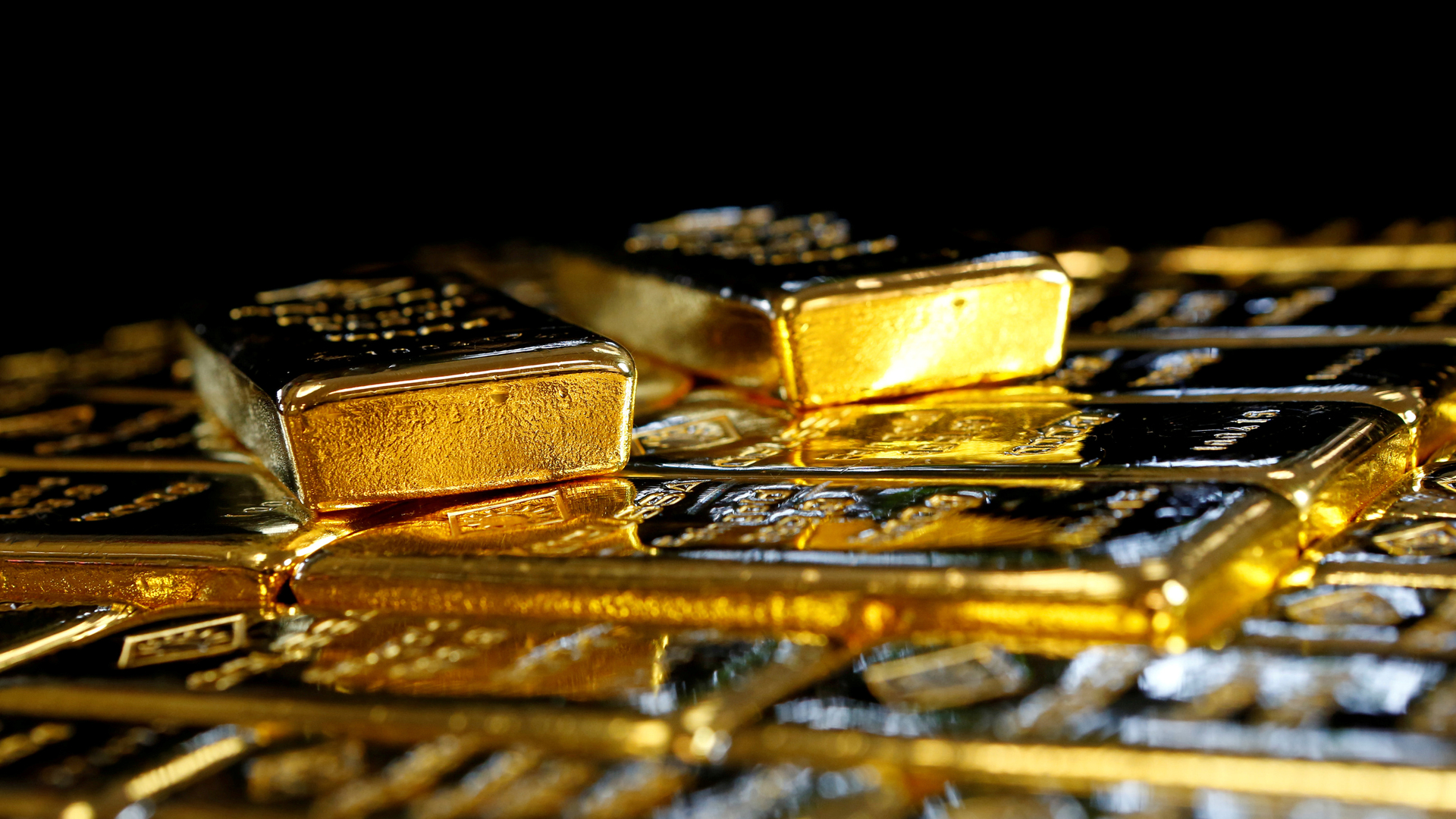On Wednesday, August 19, the US dollar's exchange rate against major currencies hit a two-year low. The corresponding DXY index fell to 92.3 points for the first time since May 2018. This is evidenced by the data of trading on the international exchange ICE.
The global weakening of the dollar is largely due to the negative impact of the coronavirus pandemic on the US economy. This point of view in a conversation with RT was expressed by Valery Emelyanov, an analyst at Freedom Finance.
“The fall in the DXY index reflects investor concerns about the state of the US balance of payments and the country's prolonged recovery from recession. The FRS and the US Treasury continue to pump up the financial system with money, but this has not yet brought the economy to a pre-crisis state, ”Emelyanov explained.
Today, the United States remains the leader in the number of detected cases of COVID-19. At the same time, the quarantine restrictions introduced in the spring led to a wave of company bankruptcies and a sharp jump in unemployment.
As a result, in the second quarter of 2020, the GDP of the United States decreased by 32.9% at once compared to the same period in 2019. The fall in the indicator became the largest over the entire period of observations. This is evidenced by data from the Bureau of Economic Analysis of the US Department of Commerce.
To help the economy, at the end of March, the US Federal Reserve announced an unprecedented expansion of the quantitative easing program. The regulator began printing dollars and buying government bonds in an unlimited amount on the stock market. This policy should lead to an increase in the money supply in the economy and help to increase the GDP growth rate.
Meanwhile, the Fed's actions put additional pressure on the dollar rate. Pyotr Pushkaryov, chief analyst of TeleTrade, spoke about this in an interview with RT.
“Investments in the dollar raise concerns among investors because of the huge volume of freshly printed money with which the Fed has pumped banks close to it and a wide range of companies. All these "extra" dollars feed banks and are good for the development of companies, but they are not provided with any new commodity material mass or at least the volume of newly rendered services. Therefore, the economic rescue plan has turned into a hidden devaluation of the dollar, which is becoming more and more evident, ”explained Pushkarev.
Heavy share
Market participants are also alarmed by the rapid growth of the US national debt. According to the US Treasury Department, since the beginning of 2020, the volume of the US government's debt has grown by more than $ 3 trillion and is currently about $ 26.5 trillion. Further growth of the indicator may negatively affect the financial stability of the country, which threatens the status of the dollar as a reserve currency. This is the conclusion reached by the specialists of Goldman Sachs.
"Combined with record levels of accumulated public debt, the current state of affairs has created real concerns about the longevity of the US dollar as a reserve currency," according to the Goldman Sachs study.
The bank's economists explain their assessment by the increased demand of world investors for gold. Thus, market players massively sell dollars and buy precious metals as the most reliable means of saving money.
Since the beginning of summer, the price of gold on the global market has grown by more than 17% and in August exceeded the psychological mark of $ 2,000 per troy ounce. This happened for the first time ever.
- © Leonhard Foeger / Reuters
According to analysts interviewed by RT, this state of affairs may lead to a decrease in the share of the American currency in world reserves. According to the IMF, at the moment the dollar occupies about 62% of global gold and foreign exchange reserves. Meanwhile, over the next four years, the figure may fall to 55-57%, says Ilya Zaporozhsky, an expert at the Academy of Finance and Investment Management.
“Moreover, the tensions in relations between the United States and China over the struggle for technological leadership risk becoming a catalyst for the dollar's share in world reserves to fall below 50%,” Zaporozhsky added in an interview with RT.
At the same time, the decrease in the dependence of the world economy on the dollar may take a long time. This point of view is shared by the head of the analytical department of AMarkets Artyom Deev.
“The world financial system is not yet ready for a sharp change in the currency leader and may simply not be able to withstand it. More than 80% of transactions in global trade now occur in dollars. Therefore, the hegemony of the American currency will end gradually, "Deev explained to RT.
At the same time, analysts do not expect the dollar to completely lose its reserve currency status. According to Peter Pushkarev, in the long term, states will not completely abandon the use and storage of the American currency, but at the same time they will more often give preference to other assets. First of all, we are talking about the euro and the yuan.
“The normal course of things will gradually be restored, in which the share of the dollar in international reserves and settlements should not exceed the natural 30-35%. Under these conditions, the dollar will not lose its reserve currency status, but it can easily lose its status as the main reserve currency. If now he is the oldest among the formally equal, then soon he will become just one of several important world currencies, "- explained Pushkarev.

